6,7-Dihydroxycoumarin
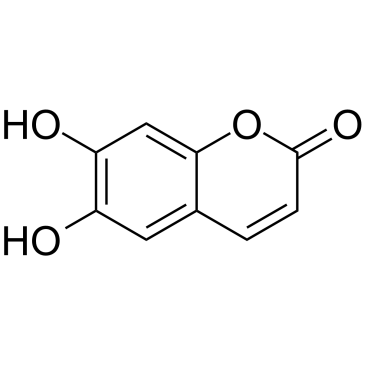
6,7-Dihydroxycoumarin structure
|
Common Name | 6,7-Dihydroxycoumarin | ||
|---|---|---|---|---|
| CAS Number | 305-01-1 | Molecular Weight | 178.141 | |
| Density | 1.6±0.1 g/cm3 | Boiling Point | 469.7±45.0 °C at 760 mmHg | |
| Molecular Formula | C9H6O4 | Melting Point | 271-273 °C(lit.) | |
| MSDS | Chinese USA | Flash Point | 201.5±22.2 °C | |
| Symbol |

GHS07 |
Signal Word | Warning | |
Use of 6,7-DihydroxycoumarinEsculetin is an active ingredient extracted mainly from the bark of Fraxinus rhynchophylla. Esculetin inhibits platelet-derived growth factor (PDGF)-induced airway smooth muscle cells (ASMCs) phenotype switching through inhibition of PI3K/Akt pathway. Esculetin has antioxidant, antiinflammatory, and antitumor activities[1]. |
| Name | esculetin |
|---|---|
| Synonym | More Synonyms |
| Description | Esculetin is an active ingredient extracted mainly from the bark of Fraxinus rhynchophylla. Esculetin inhibits platelet-derived growth factor (PDGF)-induced airway smooth muscle cells (ASMCs) phenotype switching through inhibition of PI3K/Akt pathway. Esculetin has antioxidant, antiinflammatory, and antitumor activities[1]. |
|---|---|
| Related Catalog | |
| Target |
PI3K Akt |
| References |
| Density | 1.6±0.1 g/cm3 |
|---|---|
| Boiling Point | 469.7±45.0 °C at 760 mmHg |
| Melting Point | 271-273 °C(lit.) |
| Molecular Formula | C9H6O4 |
| Molecular Weight | 178.141 |
| Flash Point | 201.5±22.2 °C |
| Exact Mass | 178.026611 |
| PSA | 70.67000 |
| LogP | 0.98 |
| Vapour Pressure | 0.0±1.2 mmHg at 25°C |
| Index of Refraction | 1.689 |
| Storage condition | 2-8°C |
| Water Solubility | slightly soluble |
CHEMICAL IDENTIFICATION
HEALTH HAZARD DATAACUTE TOXICITY DATA
|
| Symbol |

GHS07 |
|---|---|
| Signal Word | Warning |
| Hazard Statements | H315-H319-H335 |
| Precautionary Statements | P261-P305 + P351 + P338 |
| Personal Protective Equipment | dust mask type N95 (US);Eyeshields;Gloves |
| Hazard Codes | Xi:Irritant |
| Risk Phrases | R36/37/38 |
| Safety Phrases | S26-S36-S37/39 |
| RIDADR | NONH for all modes of transport |
| WGK Germany | 3 |
| RTECS | GN6382500 |
| Packaging Group | I; II; III |
| HS Code | 2932209090 |
| Precursor 9 | |
|---|---|
| DownStream 10 | |
| HS Code | 2932209090 |
|---|---|
| Summary | 2932209090. other lactones. VAT:17.0%. Tax rebate rate:13.0%. . MFN tariff:6.5%. General tariff:20.0% |
|
Coumarins as new matrices for matrix-assisted laser-desorption/ionization Fourier transform ion cyclotron resonance mass spectrometric analysis of hydrophobic compounds.
Anal. Chim. Acta 882 , 49-57, (2015) Hydrophobic compounds with hydroxyl, aldehyde or ketone groups are generally difficult to detect using matrix-assisted laser desorption/ionization mass spectrometry (MALDI-MS), because these compounds... |
|
|
The influence of chronic eicosanoid biosynthesis inhibition on life history of the greater waxmoth, Galleria mellonella and its ectoparasitoid, Bracon hebetor.
J. Insect Physiol. 57(4) , 501-7, (2011) Eicosanoids are oxygenated metabolites of three C20 polyunsaturated fatty acids, mainly arachidonic acid (AA; 20:4n-6), but also 20:3n-6 and 20:5n-3. Aside from their importance in biomedicine, eicosa... |
|
|
Zinc oxide nanoparticles induce lipoxygenase-mediated apoptosis and necrosis in human neuroblastoma SH-SY5Y cells.
Neurochem. Int. 90 , 204-14, (2015) Zinc oxide nanoparticles (ZnO NPs) are known to induce oxidative stress and modulate an inflammatory process in various cell types. Although the cytotoxic effects of ZnO NPs in various cell types have... |
| Aesculetin |
| Cryptotanshinone |
| ESCULETOL |
| CICHERINGENIN |
| Cichorigenin |
| Asculetine |
| Esculatin |
| 6,7-Dihydroxycoumarin |
| Esculin aglycon |
| 6,7-Dihydroxy-2H-chromen-2-one |
| esculetin |
| 2H-1-Benzopyran-2-one, 6,7-dihydroxy- |
| 6,7-dihydroxy-2H-1-benzopyran-2-one |
| Coumarin, 6,7-dihydroxy- |
| MFCD00006874 |
| EINECS 206-161-5 |
![[1,3]dioxolo[4,5-g]chromen-6-one Structure](https://image.chemsrc.com/caspic/030/494-56-4.png) CAS#:494-56-4
CAS#:494-56-4 CAS#:617-48-1
CAS#:617-48-1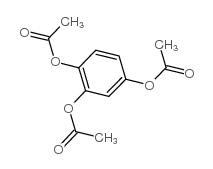 CAS#:613-03-6
CAS#:613-03-6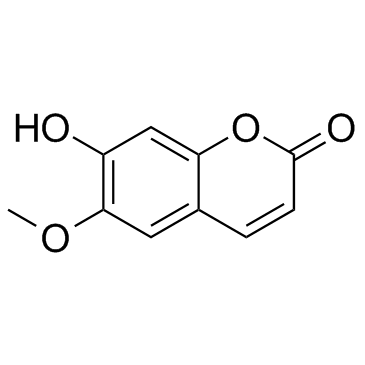 CAS#:92-61-5
CAS#:92-61-5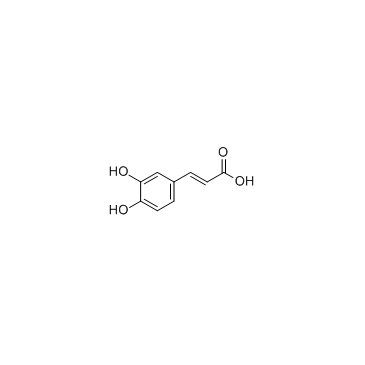 CAS#:331-39-5
CAS#:331-39-5 CAS#:108-24-7
CAS#:108-24-7 CAS#:93-35-6
CAS#:93-35-6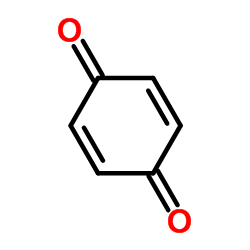 CAS#:106-51-4
CAS#:106-51-4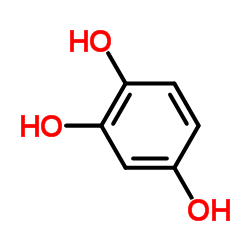 CAS#:533-73-3
CAS#:533-73-3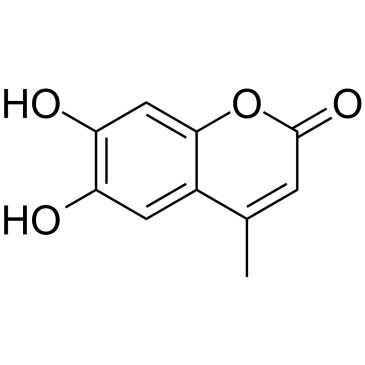 CAS#:529-84-0
CAS#:529-84-0 CAS#:482-82-6
CAS#:482-82-6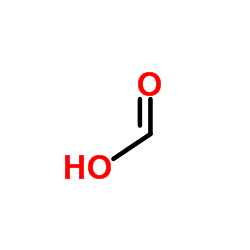 CAS#:64-18-6
CAS#:64-18-6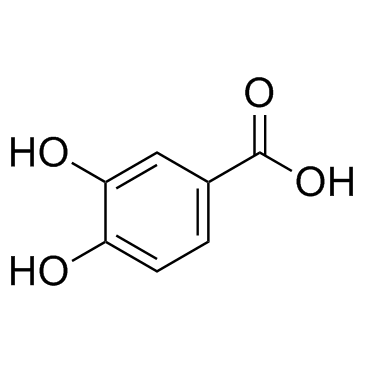 CAS#:99-50-3
CAS#:99-50-3 CAS#:144-62-7
CAS#:144-62-7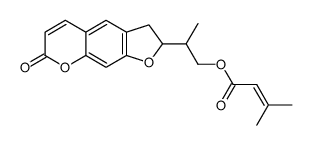 CAS#:13209-79-5
CAS#:13209-79-5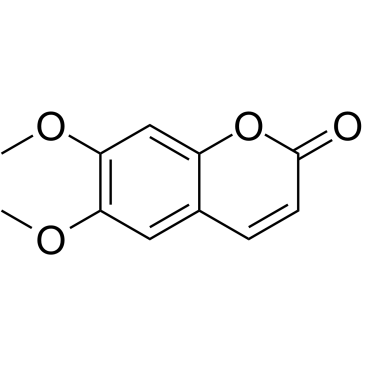 CAS#:120-08-1
CAS#:120-08-1 CAS#:15017-41-1
CAS#:15017-41-1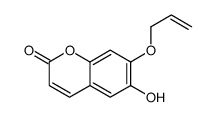 CAS#:66301-01-7
CAS#:66301-01-7
